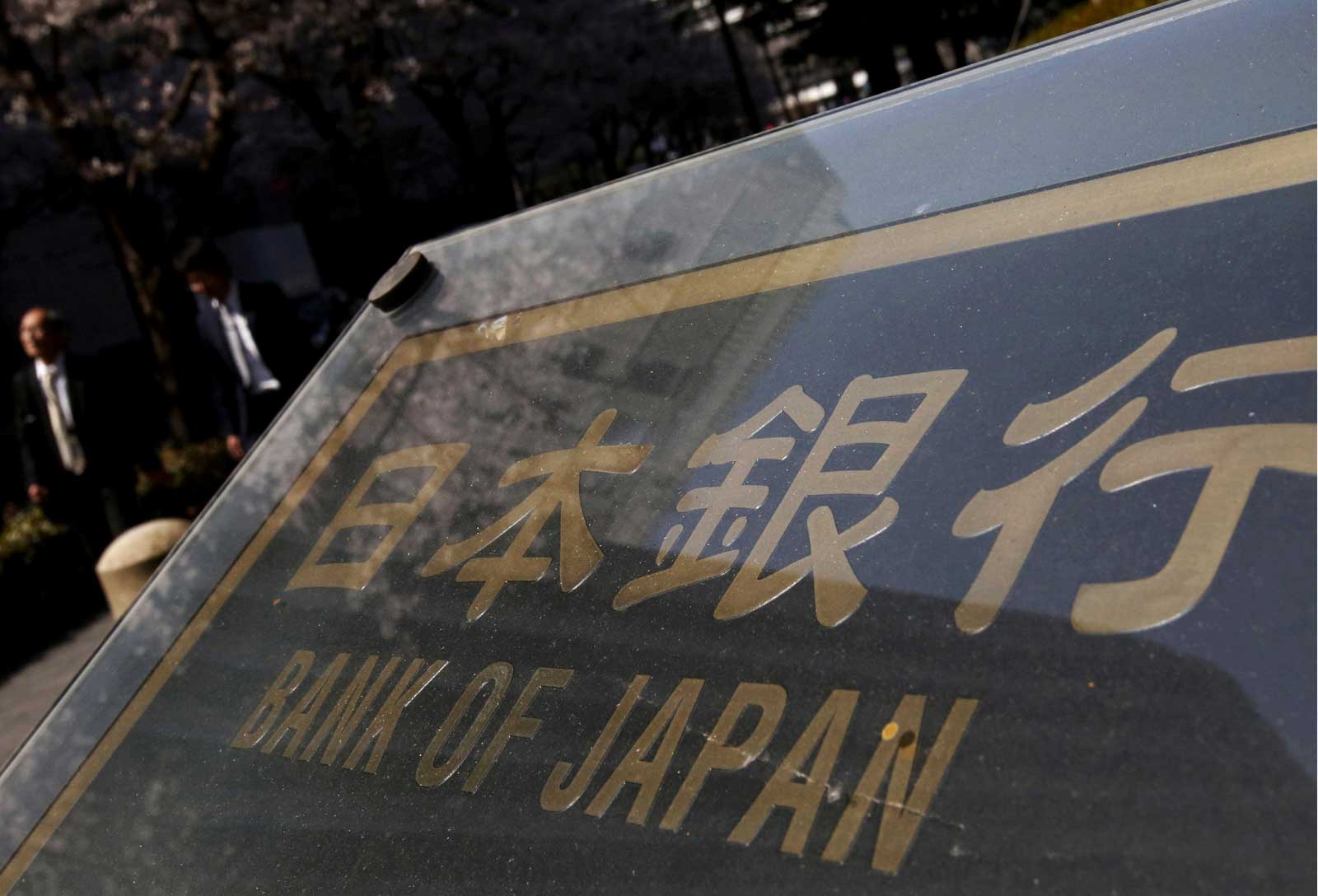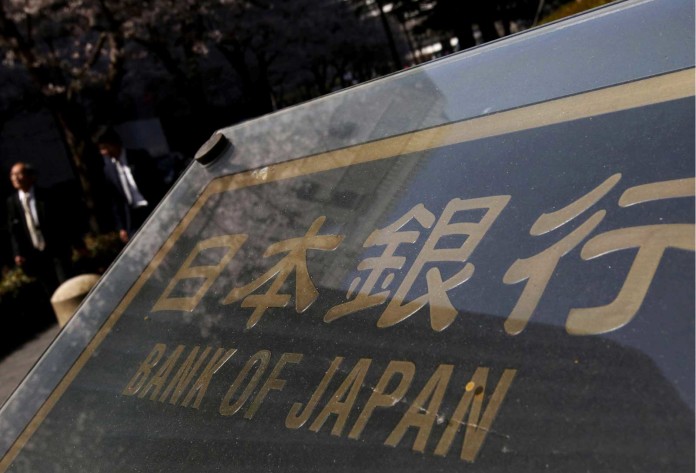TOKYO – The Bank of Japan says there is no possibility of helicopter money, and by a strict definition they are correct. But as the government plans to issue more 40-year bonds, it is looking more and more like some monetisation of debt is underway.
The BOJ says as long as it buys Japanese government bonds (JGB) from the market, it is not directly underwriting bonds to fund government spending.
However, that distinction has become blurred as investors buy bonds only to take profits by selling them immediately to the bank – a transaction coined the “BOJ trade.”
“The BOJ is now buying the entire 30 trillion yen (S$400.8 billion) in bonds newly issued by the government annually. In a sense, it has the same effect of helicopter money,” said Etsuro Honda, a former special adviser to the cabinet and a close associate to Prime Minister Shinzo Abe.
The term ‘helicopter money’, where a central bank directly finances government spending by underwriting bonds, was coined by American economist Milton Friedman and gained prominence when former US Federal Reserve Chairman Ben Bernanke cited it in a 2002 speech as a way to beat deflation.
Some economists, however, fear such moves could trigger hyperinflation and uncontrollable currency devaluation.
The BOJ seems more relaxed than in the past about markets thinking it may resort to quasi-helicopter money, say officials familiar with its thinking, partly on hopes that such market views could help contain the strength of the yen currency.
In a rare move, BOJ Governor Haruhiko Kuroda appeared with Finance Minister Taro Aso this month to show they are working hand-in-hand to beat deflation. They discussed 40-year bonds, Aso said, suggesting the two talked about ways to ensure the issuance of such super-long debt don’t disrupt markets.
The cosy relationship, however, risks hurting the BOJ’s independence by making monetary policy vulnerable to political meddling.
40-YEAR BONDS
The BOJ added negative interest rates this year to its”quantitative and qualitative easing” deployed in 2013, under which it prints 80 trillion yen per year via massive asset purchases. It has pledged to maintain ultra-loose policy until it achieves its 2 per cent inflation target.
The government plans to fund part of its new stimulus package by increasing sales of 40-year bonds by several hundred billion yen from the initially planned 2.4 trillion yen this fiscal year, sources have told Reuters.
While that would only be a portion of the 162 trillion yen in bonds the government plans to issue in 2016/17, it would allow Abe’s administration to borrow at super-low rates for a longer period of time, mimicking a perpetual bond.
“This is the best time to increase bond issuance because the cost of doing so is so small thanks to the BOJ’s negative interest rate policy,” said a government official close to Abe.
Already, the government has been issuing more longer-dated debt to benefit from the BOJ’s ultra-easy policy. Bonds issued by the government now have an average duration of 9 years until maturity, up from 7 years in 2008.
Abe’s appointment of Toshihiro Nikai, a veteran politician who is among the most vocal proponents of big spending, to the No. 2 post of the ruling party suggests Japan will continue down the road of fiscal expansion with money printed by the BOJ.
Nikai played a key role in Abe’s decision to postpone a sales tax hike and lobbied for infrastructure projects such as railway networks to be in the government’s economic package.
“With the influence of Nikai, we’ll probably see increased pressure for big government spending,” said a ruling party lawmaker with knowledge of the budget-making procedure.
IN DEEP AND NO EXIT IN SIGHT
Abe can count on more help from Kuroda, who was hand-picked by the premier in 2013 and argues that there are no limits to how much bonds the bank can buy.
The BOJ already holds a third of the JGB market as it gobbles up roughly 110-120 trillion yen in bonds each year.
As a result, the BOJ’s balance sheet has swelled to 81 per cent of nominal gross domestic product, up from 35 per cent in 2013 and more than triple the ratio of the US Federal Reserve.
“Monetary policy is part of broader economic policy, so it’s more than appropriate to communicate closely with the government from the perspective of a policy mix,” Kuroda told reporters last month, adding that its July decision to ease will boost the impact of Abe’s 13.5 trillion yen fiscal spending package.
That is a sea change from three years ago, when Kuroda’s predecessor Masaaki Shirakawa agreed to set an inflation target on condition that the government pledge to restore fiscal health.
Kazuhito Ikeo, an economics professor at Keio University, doubts whether the BOJ can now withdraw stimulus even if it achieved its price target, as doing so would trigger a dangerous bond sell-off that could push Japan to the verge of default.
“Monetary policy determines inflation but only under sound fiscal policy,” he said. “It’s uncertain whether the BOJ can withdraw stimulus if there’s a risk of a government default.”






